Aug. 21 to Aug. 27
Chiu Sheng-teh (邱聖德) recalls protesting in anger when he heard a sports commentator say that the accomplishments in the 1960s of the Hongye Junior Baseball Team (紅葉少棒), made up of members from the Bunan Aboriginal people, were just an exaggerated legend that was sensationalized by the media and should not be celebrated.
Chiu’s father was a member of the 1968 team, which pretty much ignited Taiwan’s baseball craze, serving as a prelude to the glorious 1970s when Taiwanese teams dominated the international circuit.
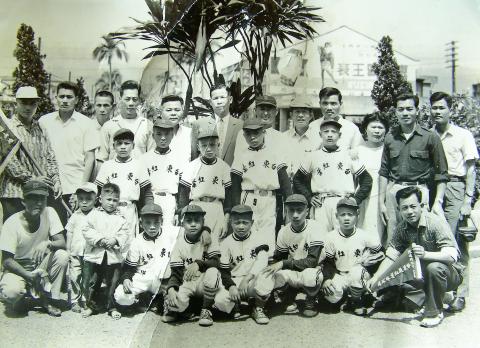
Photo: Yang I-min, Taipei Times
But despite the team’s inspirational rags-to-success story, it seemed to always have its skeptics — and its fair share of controversy. In response, Chiu later published the study The Summer of 1968: A Study on Hongye’s Life History (1968年的夏天 - 紅葉少棒隊生命史的研究).
BASEBALL LEGEND
Let’s look at the legend first. It almost didn’t happen for the Hongye little league baseball team. Despite claiming first place at the Chiumao Cup (秋茂杯) in Tainan in March 1968, the team announced that it would not be able to make it to the National Youth Tournament in Taipei the following month because it lacked funding.
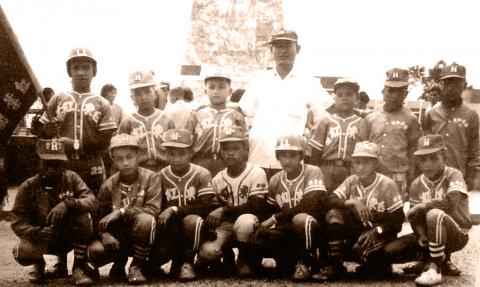
Photo: Chang Chun-wei, Taipei Times
Situated in an impoverished Aboriginal village in Taitung County, it is said that the team would often have to practice with “sticks as bats and stones as balls.” According to a news report from May 1968, the school only had 114 students and five staff, including the principal. Luckily, Hongye’s plight was widely reported in the media, and the donations poured in, enabling the team to participate. It eventually captured the championship by defeating a team from Chiayi 2-1.
The story does not stop here, as Hongye’s success earned it a match with a visiting Japanese all-star team. Up to this point, no Taiwanese youth team had defeated a youth team from Japan. On Aug. 25, however, after seven innings, Hongye emerged the winner with a 7-0 finish, and reportedly did not even allow a Japanese player past first base. Victory was sealed when Hongye scored two home runs in a row in the sixth inning. News reports show that bills of NT$10, NT$50 and NT$100 rained down from the crowd of 20,000 despite attempts by officials to stop the behavior.
Two days later, then-defense minister Chiang Ching-kuo (蔣經國) personally congratulated the team and promised that he would visit their village. In addition, the Ministry of Education announced that it would give the school NT$10,000 for sports equipment. The era of Taiwanese dominance of the diamond had just begun, which was a boost for the nation at a time when it was losing its international standing.
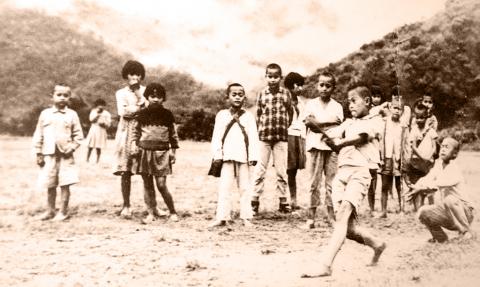
Photo: Wang Ing-ming, Taipei Times
Why would such a beautiful story have so many doubters?
THE DOUBTERS
First of all, there was the scandal that the team used older players from outside the school who competed under false names. As early as June 18, 1968, the United Daily News ran an article stating that 23 fans had reported the behavior to the Ministry of Education and the National Baseball Association.
Hongye denied the claims, and the association concluded that there was not enough evidence, and allowed the team to continue competing, adding that it had “strict” screening methods. Hongye principle Hu Hsueh-li (胡學禮) stated in a news conference that the accusations were made by jealous opponents.
Not much news was made of it over the following months, but on April 26,1969, coach Hu and the team’s manager were convicted and sentenced by the Taitung District Court for forgery of public documents. The United Daily News report said that they had falsified the ages of five players and also used players from outside the school who played under the names of several current players.
The final bit of controversy is that for whatever reason, the popular version of events became that Hongye beat the Japanese little league world champion Wakayama on that day. This version is perpetuated even to recent times, as the school celebrated the 40th anniversary of its victory against “Wakayama” in 2008.
Chiang Chieh-long (江杰龍) shows in the study The Rise of the Hongye Little League Baseball Team (台東紅葉少棒隊的崛起) that there was mass confusion in the media as to whom exactly Hongye would be playing, with each article stating something different or being ambiguous. In the end, the Wakayama version stuck.
Chiang’s argument, however, is that it could not have been the Wakayama team because they were competing in the Little League World Series in the US, which didn’t conclude until Aug. 24. The question is, was this confusion intentional to boost the team’s legend, or was it just sloppy reporting?
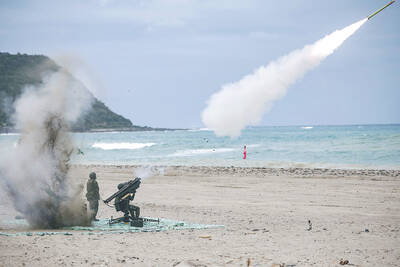
In late October of 1873 the government of Japan decided against sending a military expedition to Korea to force that nation to open trade relations. Across the government supporters of the expedition resigned immediately. The spectacle of revolt by disaffected samurai began to loom over Japanese politics. In January of 1874 disaffected samurai attacked a senior minister in Tokyo. A month later, a group of pro-Korea expedition and anti-foreign elements from Saga prefecture in Kyushu revolted, driven in part by high food prices stemming from poor harvests. Their leader, according to Edward Drea’s classic Japan’s Imperial Army, was a samurai

The following three paragraphs are just some of what the local Chinese-language press is reporting on breathlessly and following every twist and turn with the eagerness of a soap opera fan. For many English-language readers, it probably comes across as incomprehensibly opaque, so bear with me briefly dear reader: To the surprise of many, former pop singer and Democratic Progressive Party (DPP) ex-lawmaker Yu Tien (余天) of the Taiwan Normal Country Promotion Association (TNCPA) at the last minute dropped out of the running for committee chair of the DPP’s New Taipei City chapter, paving the way for DPP legislator Su
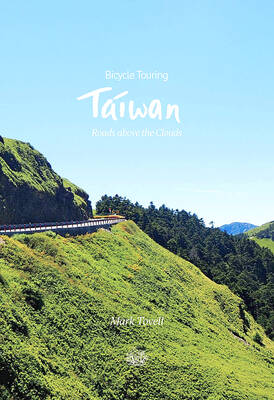
It’s hard to know where to begin with Mark Tovell’s Taiwan: Roads Above the Clouds. Having published a travelogue myself, as well as having contributed to several guidebooks, at first glance Tovell’s book appears to inhabit a middle ground — the kind of hard-to-sell nowheresville publishers detest. Leaf through the pages and you’ll find them suffuse with the purple prose best associated with travel literature: “When the sun is low on a warm, clear morning, and with the heat already rising, we stand at the riverside bike path leading south from Sanxia’s old cobble streets.” Hardly the stuff of your
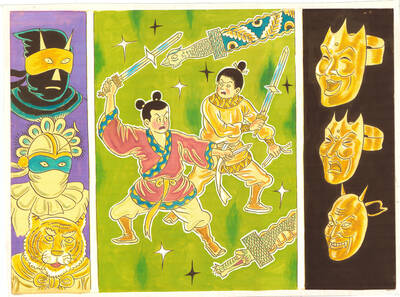
April 22 to April 28 The true identity of the mastermind behind the Demon Gang (魔鬼黨) was undoubtedly on the minds of countless schoolchildren in late 1958. In the days leading up to the big reveal, more than 10,000 guesses were sent to Ta Hwa Publishing Co (大華文化社) for a chance to win prizes. The smash success of the comic series Great Battle Against the Demon Gang (大戰魔鬼黨) came as a surprise to author Yeh Hung-chia (葉宏甲), who had long given up on his dream after being jailed for 10 months in 1947 over political cartoons. Protagonist